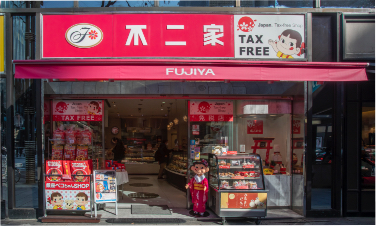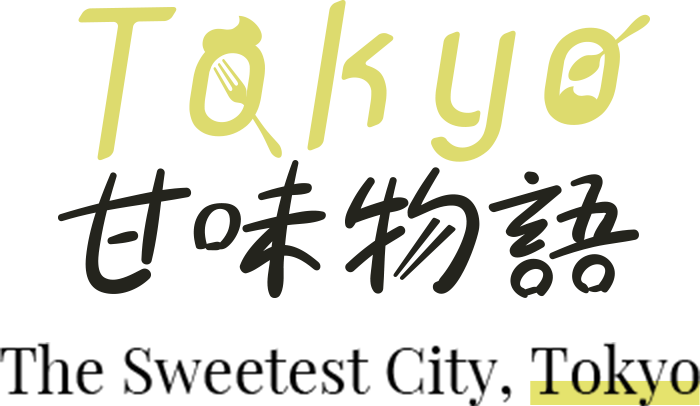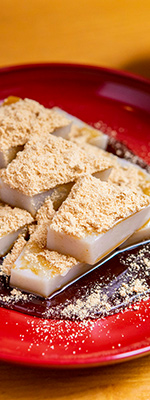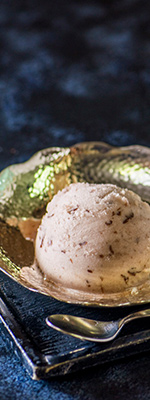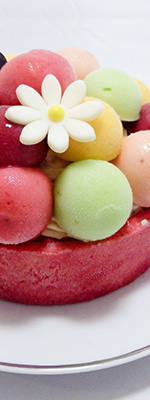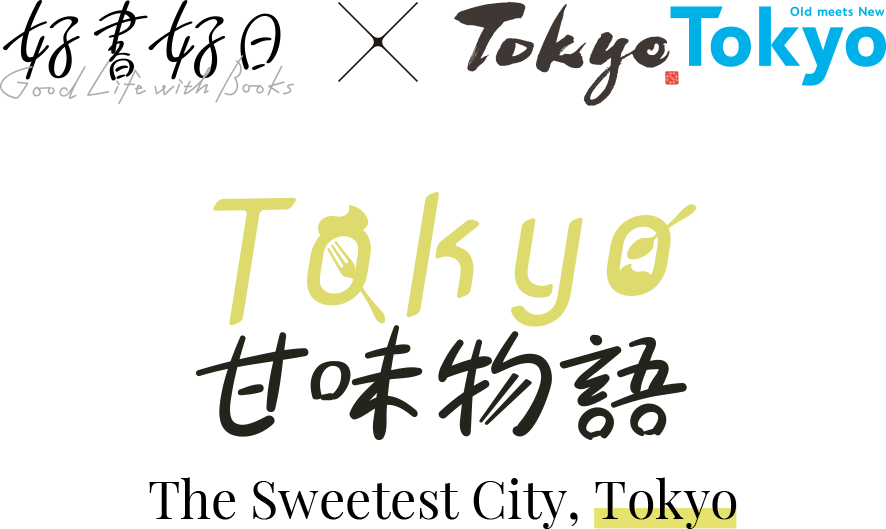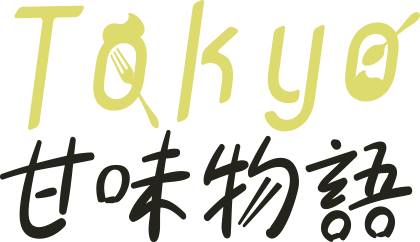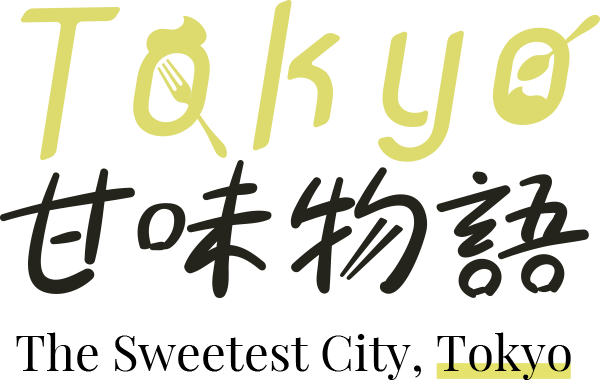
Theory of Evolution of Japanese-style Shortcake
Colombin and Fujiya
Theory of Evolution
of Japanese-style Shortcake
Colombin and Fujiya
When we think of “shortcake,” the image that comes to mind is of a cake made of cream sandwiched between layers of sponge and topped with a strawberry. Although we tend to think of this as true all over the world, apparently, this style of cake is unique to Japan. How did this shortcake, a type of confectionary supposedly of western origin, come into being and gain popularity? We asked two leading shops that go as far as referring to shortcake as a “national cake” about the history of shortcake and its present form.
[Report: Megumi Iwamoto]
Castella sponge cake.
While there are a number of theories on how Japanese-style shortcake came into being, it seems that the two most plausible are that shortcake was created by Kuniteru Kadokura, the founder of Colombin, a French confectionary shop, and that it started with Rinemon Fujii, founder of Fujiya, a shop known for its mascot character “Peko-chan.”
Colombin was established in Tokyo in 1924 by Kuniteru Kadokura, who traveled to France to observe and study the production of confectionary. The main shop, a modern store with a salon, opened in Ginza in 1931 and became the talk of the town at the time.
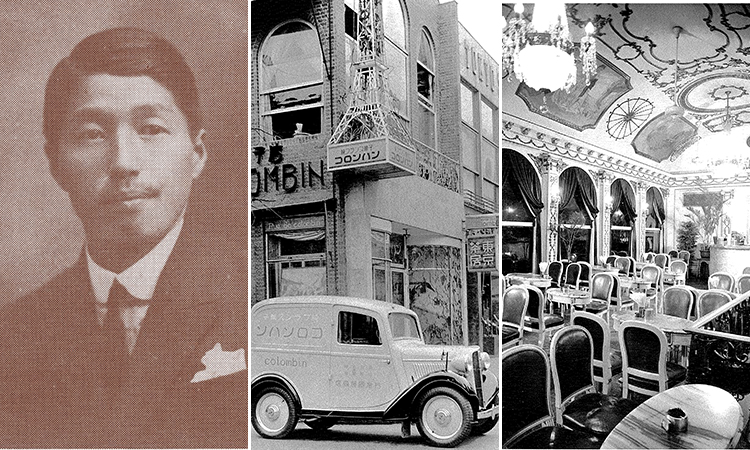
Although no clear records remain, it seems that shortcake was already on sale at the shop from the time it opened. “They say that Kadokura came up with the idea of shortcake because he wanted to make cake that would suit Japanese tastes,” says Masahiro Ota, head of Colombin’s PR Department.
In those days, French confectionary was called “Biscuit Jaconde,” but many of the types, consisting of firm sponge and heavy cream, did not really suit Japanese tastes. With this in mind, Kadokura tried making a cake using Castella, a light sponge that was already familiar to Japanese people, and fresh cream that was not as rich as traditional types such as butter or custard cream.
Meanwhile, Rinemon Fujii opened Fujiya in 1910 in Motomachi, Yokohama. Perhaps because Yokohama was a stylish, fashionable place, surprisingly, the shop sold Christmas cakes from the time it was established.
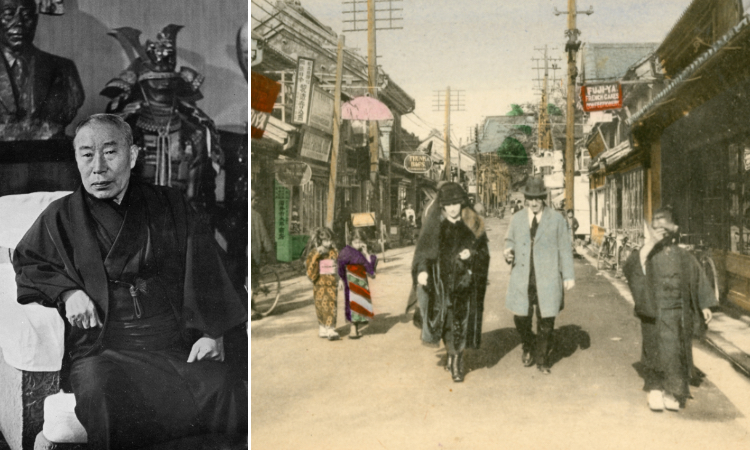
Soon after the shop opened, Rinemon Fujii traveled to USA to observe western confectionary markets in 1912. It is said that the shortcake he saw in USA gave him the idea of producing shortcake in Japan. Records of the sale of shortcake in 1922, ten years later, still remain today. The following year, Fujiya made inroads into Tokyo with a shop in Ginza.
“The traditional American shortcake used biscuit dough and had a crunchy texture. They say that, believing that a moist soft texture like that of Wagashi would better appeal to Japanese tastes, Rinemon decided to use a fluffy sponge like Castella,” says Natsuki Miyanaga of Fujiya’s PR Department.
These pioneers who took on the challenge of making shortcake with the aim of “popularizing Western confectionary in Japan” at about the same time, by pure chance decided on shortcake with the same concept in mind.
On the other hand, each shop uses strawberries, the symbol of shortcake, in different ways.
While Fujiya had not decided whether of not to use strawberries when the shop first started selling shortcake, records remaining from those days indicate that shortcake was arranged in diverse ways such as by adding flavorings like fruit juice or chocolate to the cream, or using fresh fruit or fruit preserved in syrup. According to Fujiya’s Ms. Miyanaga, “It seems that cake made with fruit, sponge cake and cream was called ‘shortcake’ from the very beginning.”
Apparently, while, during the summer when strawberries were not available, Colombin used substitutes such as Muscat or canned yellow peaches, they did use strawberries for shortcake from the outset. According to Colombin’s Mr. Ota, “Strawberries in those days were more sour tasting than they are nowadays, but apparently, this went well with the sweet sponge cake and cream and that’s why they came to be used for shortcake. Also, some people say that, the white color of the sponge cake and the red color of the strawberries increased the appeal of shortcake because they were the colors of the Japanese flag.” The combination of red and white was also probably ideal for happy occasions such as birthdays and Christmas.
While this is how shortcake became a uniquely Japanese confectionary, it did not become a “national cake” overnight.
Because those were days when it was rare for shops to have refrigerators, most of the cakes available in shops used butter cream, an ingredient that was easier to preserve.
However, this situation changed completely with advances in refrigeration technology and rapid economic growth from around 1950, making the refrigerator a household item. Now, fresh cream could be kept easily, and its delicious taste contributed to the ascension of shortcake to the “national cake” throne.
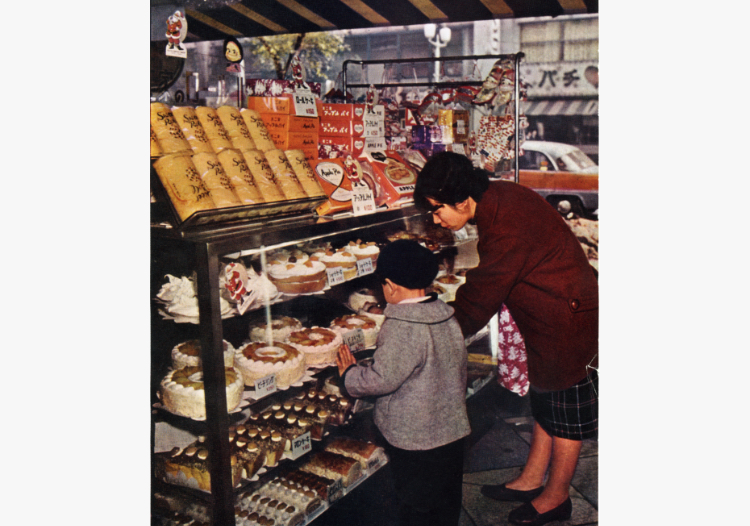
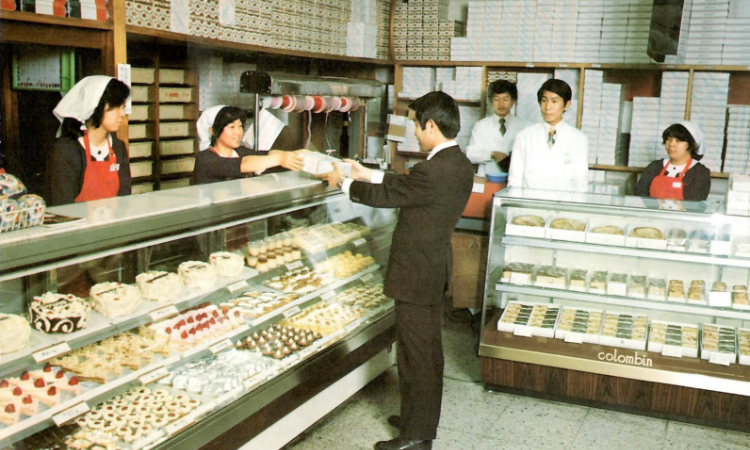
Colombin Shortcake
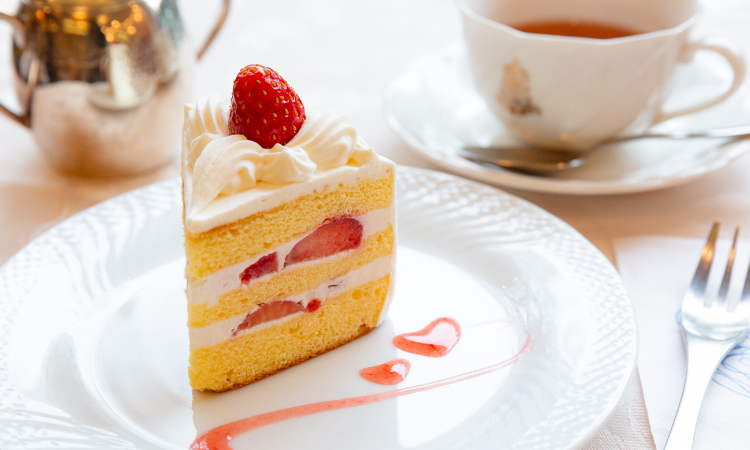
Colombin shortcake is characterized by sponge that more yellow that regular shortcake. This is similar to Castella sponge cake that is made with a lot of eggs. Apparently, whole eggs and egg yolks are used in equal proportions.
An indispensable ingredient is milkfat-rich fresh cream. The cream has a milky taste that is rich without being overpowering. Actually, the perfection of Colombin shortcake was also due in part to mechanization. Just at the time the shop was established, centrifugal milk-cream separators were being imported from USA, making it possible to procure fresh cream, which was a precious commodity, for business use.
“Although the tiramisu boom is an exception, shortcake has always been the top firm favorite confection. Although the sweetness has become less pronounced over time, the sponge cake and fresh cream base has remained the same since Colombin was founded,” says Colombin’s Mr. Ota.
At some shops where customers can eat on the premises, “Fried Shortcake,” a shortcake variation, is also available. The shortcake sponge is fried in a frying pan and topped with a generous portion of fresh cream and ice cream to produce a shortcake similar to French toast. Warm shortcake is also a tasty confection.
[Location] 1-1-4 Nishi Shinjuku, Shinjuku-ku, Tokyo
8F Keio Department Store, Shinjuku
[Access] 1-minute walk from Shinjuku station
[TEL] 03-5321-5239
[Business hours/fixed holidays] 11:00 – 22:00 (L.O. 21:30)
Closed on Keio Department Store holidays
[Official site] https://www.colombin.co.jp/
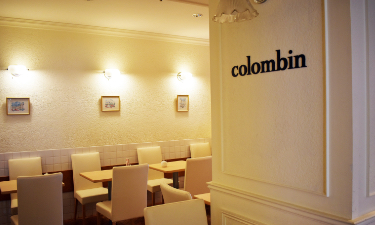
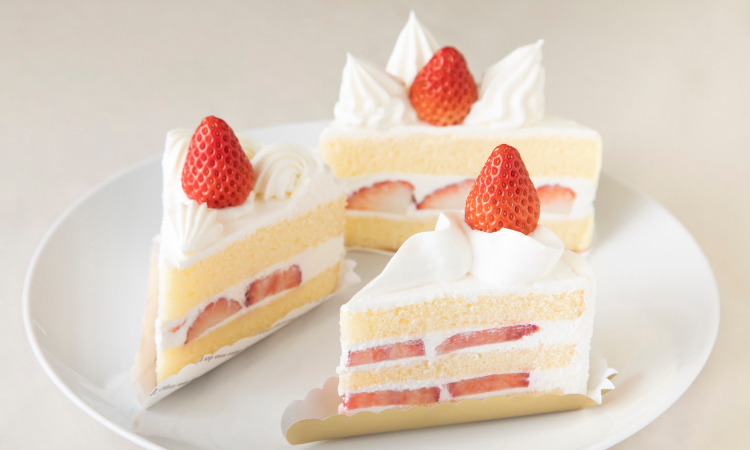
At the present time, Fujiya offers as many as three standard shortcakes. The longest seller is the “Triangle Shortcake,” characterized by its triangular shape, as the name suggests. While shortcake is usually cut from a whole cake, the Triangle Shortcake is cut from a square sponge cake in triangular pieces. Because it is made on the premises, the Triangular Shortcake is only available at some shops, where customers can enjoy freshly made cakes.
“Strawberry Shortcake” that leaves a pleasant aftertaste with a lingering sweetness is recommended for people who like cream with a refreshing taste, while “Premium Shortcake (with domestically produced strawberries)” made of two sandwiched layers of cream and carefully selected domestically produced strawberries is ideal for those looking for a delicious taste that stands out from the others.
“Tastes that are perceived as being delicious changes with the times. From bygone days, Fujiya has always modified and developed shortcake to realize the best balance of sponge cake, cream and strawberries when eaten together,” reflected Ai Tsuchida of Fujiya’s PR Department.
In addition to standard items, special shortcake for events such Christmas, Valentine’s Day and the Girls’ Festival as well as shortcake using seasonal fruit can be seen on displayed in shop showcases each season. The seasonal feel of shortcake is yet another of its attractions.
[Location] 4-2-12 Ginza, Chuo-ku, Tokyo
1F Ginza Crystal Building
[Access] 1-minute walk from Exit B10 of Ginza station
[TEL] 03-3561-0083
[Business hours/fixed holidays] 10:30 – 22:00
(Open until 21:00 on Sundays and national holidays) / Third Monday of April and November
[Official site] https://www.fujiya-peko.co.jp/
